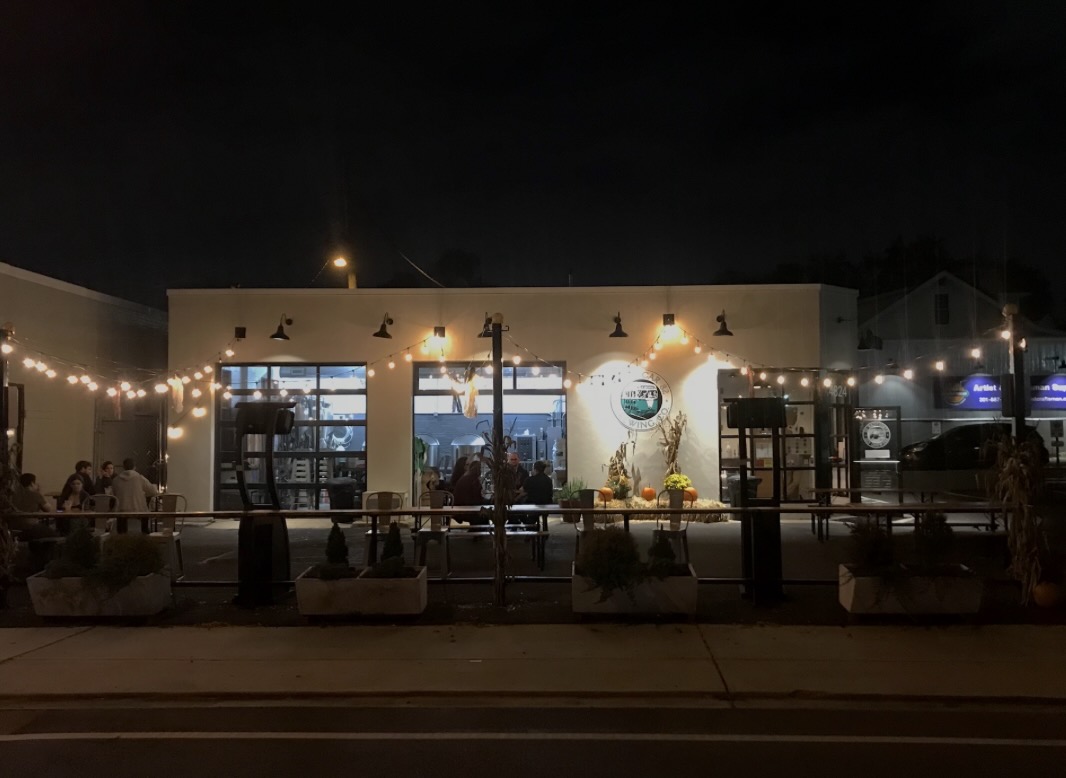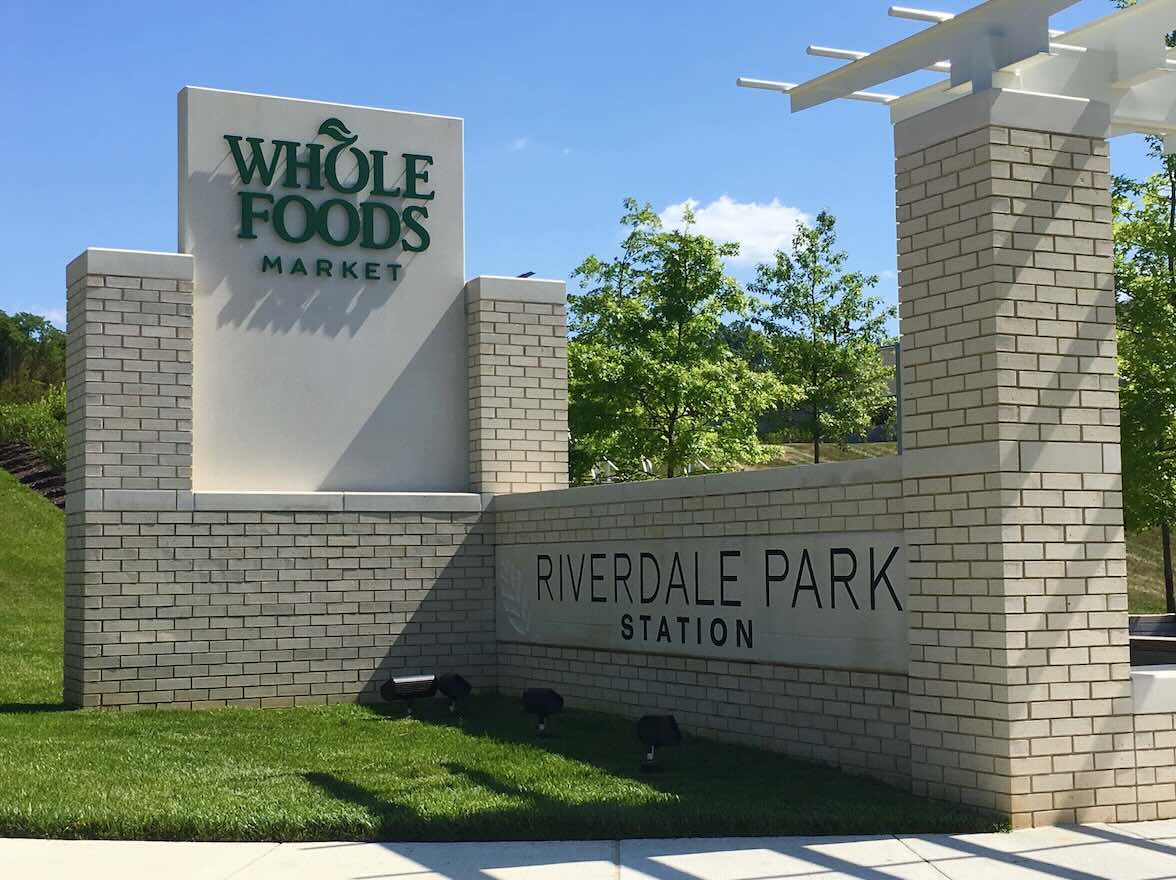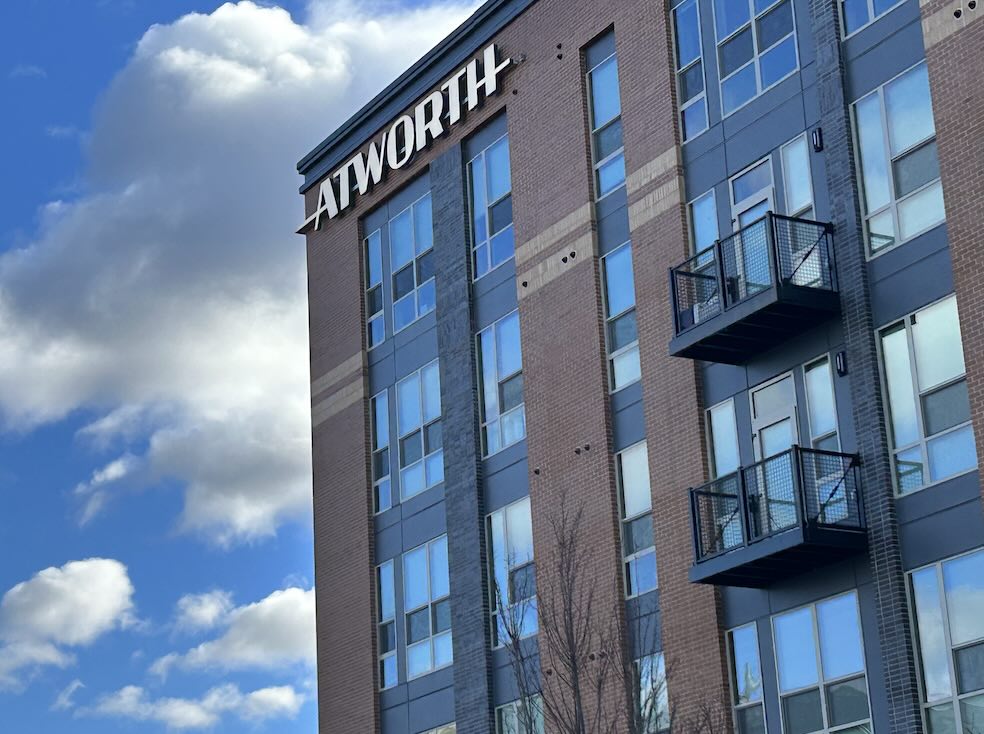The Purple Line could become one of the economic powerhouses of Maryland including some communities along the Route 1 corridor, according to one expert.
At a meeting Monday in Riverdale Park for a coalition of business and nonprofit groups called Purple Line Now, that drew around 75 people, Gerrit Knaap, director of the National Center for Smart Growth at the University of Maryland, noted that the city of Baltimore and the I-270 corridor are considered two of the state’s main economic engines.
But he argued that when the 16.2-mile light rail line is completed, it could spur economic development along the route from Bethesda to New Carrollton.
That’s because the Purple Line connects economically thriving areas such as Bethesda, Silver Spring and College Park with struggling areas where it would now be easier to commute. It could also make areas like the university’s Discovery District more attractive to potential employers.
Knaap has been working with the Purple Line Corridor Coalition to develop baseline data that will help them determine if the transit line is meeting its goals for in future years. For now, the 21-station light rail line is projected to draw 69,000 total daily riders by 2030.
Apart from its local effects, the Purple Line has also drawn national interest as one of the first circumferential — or suburb-to-suburb — rail lines in the country.
Construction has already begun on the Riverdale Park section of the Purple Line, and regular train service is slated to begin in 2022.
















